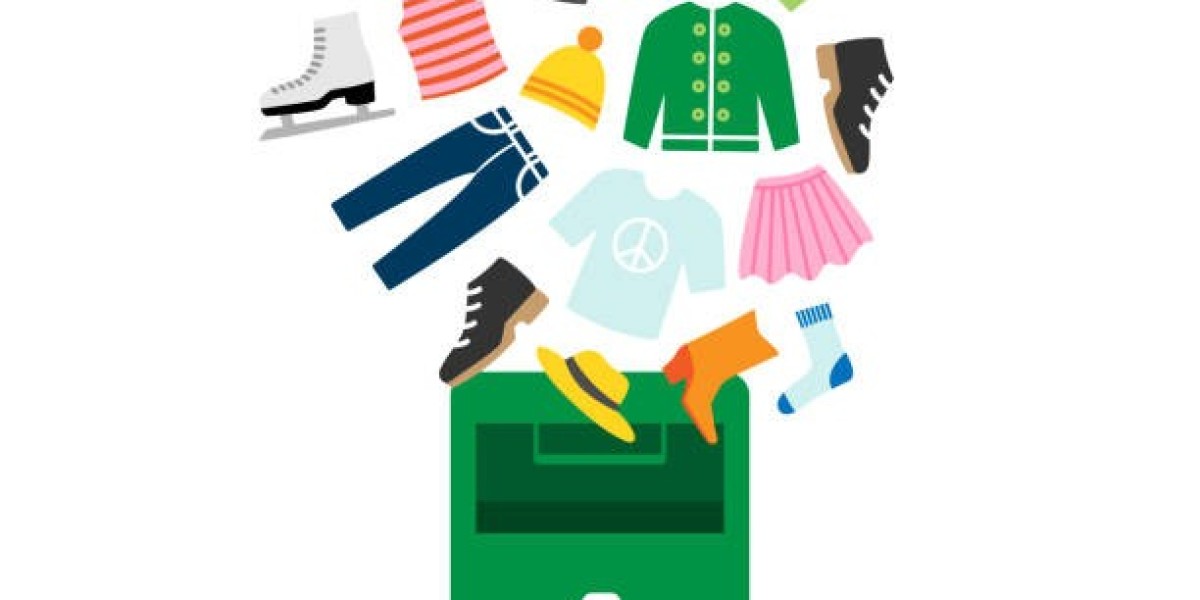How Textile Recycling Helps Our Planet
As the demand for fast fashion rises, so does the burden of textile waste. Every year, billions of pounds of clothing and fabric end up in landfills or incinerators. Textile recycling offers a powerful, planet-friendly solution to reduce waste, conserve energy, and promote a sustainable lifestyle.
In this guest blog, we explore how textile recycling works, its environmental benefits, and how both individuals and organizations can take action.
The Growing Problem of Textile Waste
Most people don’t realize how harmful discarded textiles can be. Consider this:
The average American throws away over 80 pounds of textiles each year.
Only 15% of textile waste is currently recycled.
Synthetic fabrics like polyester can take 200+ years to decompose.
Textiles in landfills release methane, a potent greenhouse gas.
Clothing waste isn’t just an environmental issue—it’s a missed opportunity to recover valuable materials and resources.
What Is Textile Recycling?
Textile recycling involves collecting, sorting, processing, and repurposing fabrics to reduce waste and environmental harm. It helps divert usable materials from the waste stream and reduces the need for new raw materials.
Recycling textiles can result in:
Reclaimed fibers used in new fabric production
Reuse of items in secondhand clothing markets
Creation of industrial materials like insulation, stuffing, or rags
Innovative upcycling projects for fashion or design
Environmental Benefits of Textile Recycling
Textile recycling contributes to sustainability in several impactful ways:
1. Reduces Landfill Waste
Recycling keeps tons of textiles out of landfills each year, freeing up space and reducing harmful emissions.
2. Conserves Natural Resources
Producing new clothing uses significant water, energy, and chemicals. Recycling minimizes this resource demand.
3. Decreases Pollution
Textile production creates chemical runoff and air pollution. Recycling reduces the need for new production, lowering environmental damage.
4. Lowers Carbon Footprint
By reducing energy use and emissions from manufacturing, recycling fabrics helps fight climate change.
How You Can Recycle Textiles
At Home:
Donate gently used clothes to thrift stores or charities
Repurpose old textiles as rags, pet bedding, or DIY crafts
Use textile recycling drop-off bins in your area
Keep items clean and dry to ensure they can be recycled properly
As a Business:
Implement a take-back program for used products
Partner with textile recycling services for regular pickups
Train staff to sort and collect recyclable fabrics
Share your efforts publicly to promote sustainability
What Happens to Recycled Textiles?
Recycled textiles go through several steps:
Collection – Through donation bins, curbside pickup, or retail take-backs
Sorting – Items are sorted by material type, color, and condition
Processing – Depending on the type, materials are either shredded (mechanical recycling) or dissolved (chemical recycling)
Reproduction – The fibers are transformed into new fabrics, products, or raw materials for manufacturing
Some recycled textiles are reused directly, while others are transformed into entirely new items.
Barriers to Textile Recycling (And Solutions)
While textile recycling is growing, there are still obstacles:
| Barrier | Solution |
|---|---|
| Low public awareness | Education campaigns & community outreach |
| Contaminated materials | Encourage clean, sorted donations |
| Limited infrastructure | Partner with local recyclers & NGOs |
| Fast fashion cycles | Promote slow fashion & quality garments |
With collaboration, these challenges can be overcome—and the recycling rate can significantly increase.
The Role of Businesses in Textile Recycling
Brands and manufacturers play a huge role in shaping the future of textile waste. Here’s how:
Design for recyclability by using single-fiber materials
Label products clearly to inform consumers about disposal
Offer repair services to extend product life
Create products with recycled content to close the loop
Sustainable fashion isn’t just a trend—it’s a responsibility.
Conclusion
Textile recycling is a simple yet powerful way to reduce waste, conserve resources, and protect the planet. With the right infrastructure, awareness, and commitment, we can transform how we manage clothing and fabric waste.
At Green City Recycle, we’re proud to lead the charge in responsible textile recycling solutions. Whether you're an individual looking to make a difference or a business ready to take responsibility for your textile impact, we’re here to help you take the next step toward sustainability.
Let’s work together to turn yesterday’s fabric into tomorrow’s future.








